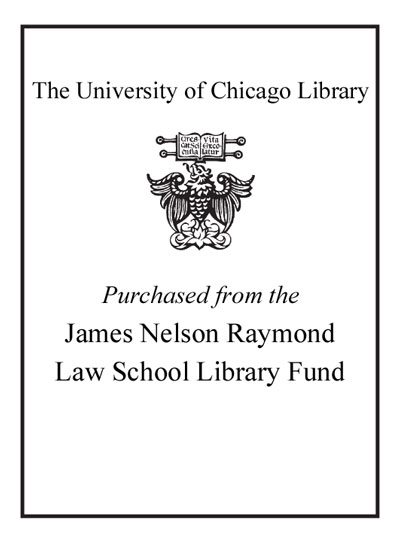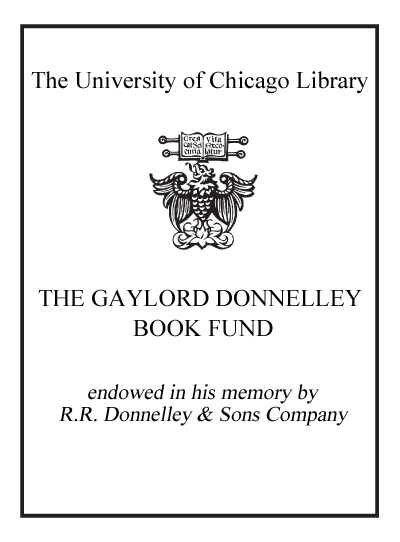Review by Choice Review
This collection--the product of a research project led by the United Nations University's Peace and Governance Programme--provides a broad overview of the numerous structural conditions that increase the likelihood of human trafficking. Cameron (a Sydney-based consultant) and Newman (UN Univ., Tokyo), along with contributors who have worked in nongovernmental organizations and multilateral institutions, emphasize the role of poverty, globalization, gender, war, and ethnicity in determining which groups of people will be most vulnerable to trafficking. With a mix of analytical chapters and regional studies, the volume makes clear that current policies to control trafficking routinely fail because they focus on border control, disempower trafficking victims, and neglect the demand side of the sex industry. The book suffers from significant repetition across chapters and breaks no new theoretical ground. Its strengths are to clearly delineate causes of trafficking and introduce readers to a wide range of studies by governmental and nongovernmental organizations. Standout chapters include those by Cameron and Newman, and Phil Williams (Univ. of Pittsburgh), who presents a market-based perspective on the trafficking of women and children for prostitution. Summing Up: Recommended. Upper-division undergraduates through professionals. B. L. Dillman University of Puget Sound
Copyright American Library Association, used with permission.
Review by Choice Review


